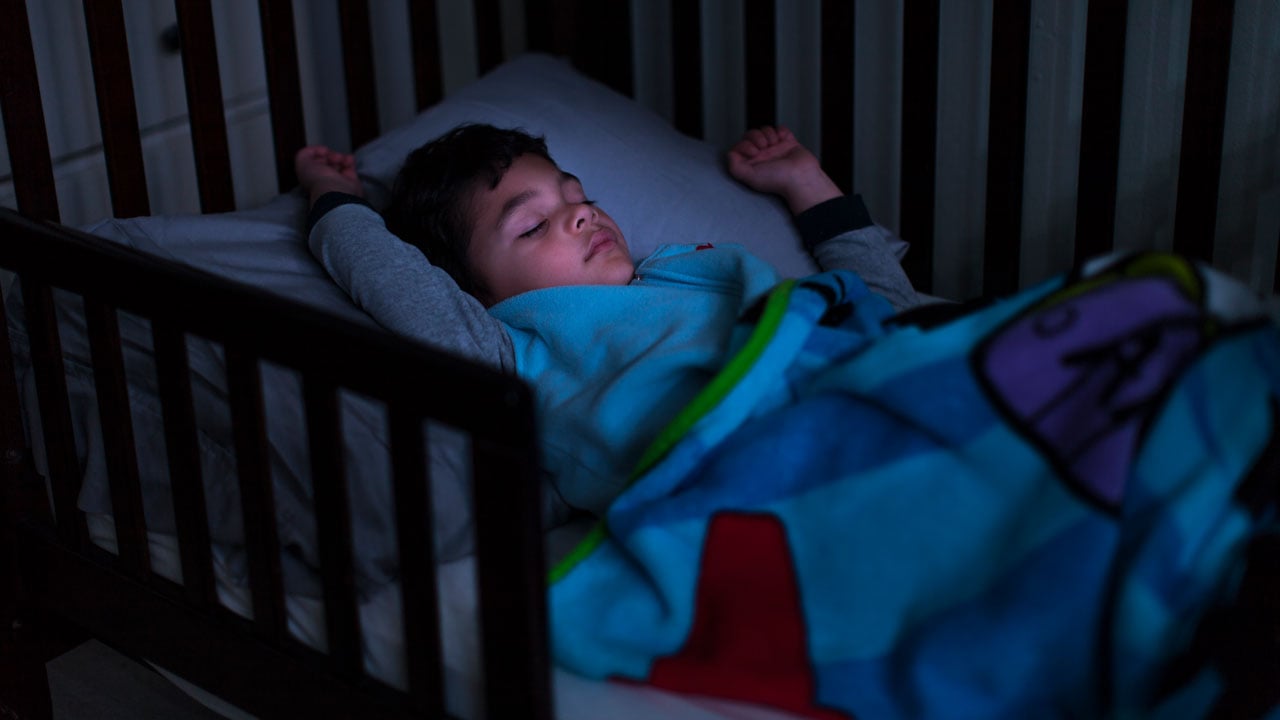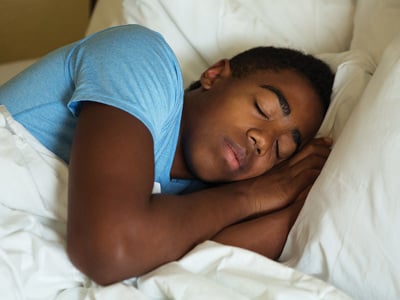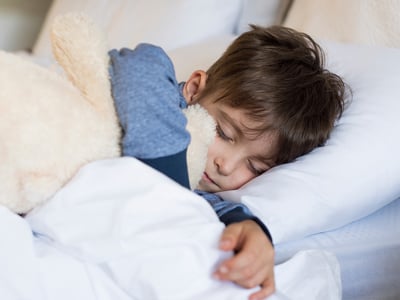- Doctors & Departments
-
Conditions & Advice
- Overview
- Conditions and Symptoms
- ¿Está enfermo su hijo?
- Parent Resources
- The Connection Journey
- Calma Un Bebé Que Llora
- Sports Articles
- Dosage Tables
- Baby Guide
-
Your Visit
- Overview
- Prepare for Your Visit
- Your Overnight Stay
- Send a Cheer Card
- Family and Patient Resources
- Patient Cost Estimate
- Insurance and Financial Resources
- Online Bill Pay
- Medical Records
- Política y procedimientos en el hospital
- Preguntamos Porque Nos Importa
-
Community
- Overview
- Addressing the Youth Mental Health Crisis
- Calendar of Events
- Child Health Advocacy
- Community Health
- Community Partners
- Corporate Relations
- Global Health
- Patient Advocacy
- Patient Stories
- Pediatric Affiliations
- Support Children’s Colorado
- Specialty Outreach Clinics
Your Support Matters
Upcoming Events
Mental Health Town Hall
martes, 23 de abril de 2024Join Children’s Hospital Colorado pediatric experts for a virtual...
-
Research & Innovation
- Overview
- Clinical Trials
- Q: Pediatric Health Advances
- Discoveries and Milestones
- Training and Internships
- Academic Affiliation
- Investigator Resources
- Funding Opportunities
- Center For Innovation
- Support Our Research
- Research Areas

It starts with a Q:
For the latest cutting-edge research, innovative collaborations and remarkable discoveries in child health, read stories from across all our areas of study in Q: Advances and Answers in Pediatric Health.


How to Get Kids to Fall (and Stay) Asleep

Come midnight, after two bouts of crying, you and your child have finally gotten to bed. You've got high hopes for the morning — a fresh breakfast, a workout and maybe even getting to the office early.
Then comes your little one, chatting at your bedside when it's still dark out. As you return them to their room, it may seem like that early-morning dream will remain just that. But what if it didn't have to?
Our sleep experts have answered parents' top questions on everything from nighttime to nightmares. Read on to see how your whole family can fall, and stay, asleep so they can reap all the positive benefits of sleep.
Getting kids to fall asleep: the basics
What's the key to a bedtime routine?
Consistency. Despite protests of "five more minutes," kids should go to bed, wake up and go down for a nap at the same time every day, even on weekends and holidays.
Routines signal when it's time to relax. With a consistent one, children are less likely to have trouble sleeping and have a better chance of getting sleepy at the right time.
What's considered a safe sleep environment?
A safe sleeping situation keeps babies close, allowing you to keep an eye (and ear) on them. The American Academy of Pediatrics (AAP) recommends that, for the first year, parents room-share (but not bed-share), with babies sleeping in the parents' rooms, but on a separate surface.
A safe sleep environment exists when babies sleep:
- In the parents' room
- On their backs on a firm surface
- In a bassinet, bedside sleeper or crib containing only a tight-fitting sheet
- In a sleep area that's free of any loose bedding, pillows, blankets, stuffed animals, bumpers or toys
- Wearing a sleep sack or a onesie
Cultivating this safe sleep setting is key, says Norman Friedman, MD, director of the Children's Sleep Medicine Laboratory, as it may "decrease the risk of sudden infant death syndrome by as much as 50%."
What is sleep hygiene?
Practicing sleep hygiene doesn't mean "brush your teeth before bed" (even though you should); it refers to habits that promote healthy sleep.
The foundational elements of sleep hygiene include:
- Creating a cool, quiet, dark sleep environment
- Sticking to a consistent bedtime
- Limiting caffeine for eight hours before bed
- Avoiding the use of electronics at least an hour before bedtime
Sleep hygiene is crucial in getting kids get to fall asleep, and by implementing these habits early on, your children can get the sleep they need.
Bedtime battles
How can I help transition my child during a time change?
Spring forward, fall back — whether it’s the beginning or end of daylight saving time, kids of all ages (and adults, too) feel the impact of the time change. But teens who tend to go to bed late and wake up late and kids with sleep disorders typically struggle the most.
In the spring, when daylight saving time begins, we gain extra sunlight in the evening and lose an hour of sleep in the morning. To help with this transition, our experts recommend moving your child’s bedtime and wake-up time earlier by 15 minutes each day for five to seven days before the time change occurs. Make sure their room is as dark as possible at bedtime. This includes shutting off all electronics and lights at least one hour before bed. Older kids or teens can use eye shades to block out the light.
When daylight saving time ends in the fall, it gets darker earlier, but we gain an hour of sleep in the morning. To prepare, push your child’s bedtime and wake-up time later by at least 15 minutes a day for five to seven days prior to the time change. If your child’s room gets a lot of sunlight in the morning, try adding blackout curtains to ensure that they stay asleep even if the sun is up.
Whether you’re springing forward or falling back, our experts recommend exposing your child to bright light — ideally sunlight — after your child wakes up to help turn off their body’s sleeping hormone, melatonin. Always stay consistent with your kid’s bedtime routine and make sure they’re getting enough sleep overall.
How can I get my kid back to bedtime routines after vacation?
When it comes to sleep, vacations are especially difficult, as they often include time changes, late activities and many opportunities to nap in the car, plane or train. Nevertheless, routine is key.
It may be easier said than done (and you might deal with a bit of protest — who wants to go to bed early on vacation?), but even on a trip, try to stick to your daily bedtime routine.
No matter how well you do this, it usually takes time and patience to reestablish a child's sleep schedule post-vacation.
Why are my kids most hyper right before bed?
You can blame the "forbidden zone" for this one, a peak period of alertness that happens at bedtime, right before we feel sleepy. It makes it hard to both fall and stay asleep.
Putting your kids to bed before they're sleepy won't help them combat this hyper-alertness, but a routine and sleep hygiene can. You can also help prepare them for sleep by filling this time with calm, relaxing behaviors like reading, massage, coloring or listening to soft music.
These activities, along with a fixed bedtime routine, can help children wind down, naturally feel sleepy at the appropriate time and can prevent difficulty sleeping.
What are nightmares and can we prevent them?
Nightmares are scary dreams related to a child's fears and the developmental challenges of growing up that often wake them up. Nightmares often occur after a child experiences a difficult life event, like starting daycare.
To prevent nightmares, we recommend kids avoid scary movies, stories or video games, especially before bed.
Additionally, you can fight these frightening dreams with a bit of creativity; label a spray bottle as an "anti-monster potion" that you spray before bed or give your kids a "magical object," like a stuffed animal, security blanket or dreamcatcher, that will protect them and only allow good dreams to come.
How can I help my child get back to sleep after a nightmare?
Children are typically still tired after a nightmare and will be ready to fall back to sleep; they just need some comfort and reassurance before doing so. Sometimes, all they need is a hug. But other times, you'll have to deal with the fear at hand.
Some things you can do to help your child get back to sleep after a nightmare are:
- Give them a security object (like a blanket or stuffed animal) to help relax and comfort them.
- Leave a dim light on so they feel safe.
- Leave the door to their bedroom cracked.
- Discuss the nightmare the next day to discover the root fear of the nightmare, and to make sure there's nothing bothering them that you don't know about.
- Use some imagination to get rid of nightmares – come morning, sit together and take a moment to imagine a different ending to the dream.
- Have them draw pictures of the bad dreams, and then throw it away to banish anything scary.
Using these tactics, you should be able to tackle nightmares together. However, if the nightmares persist, are severe or frequently interfere with sleep, you should speak with a physician or a mental health provider.
What's the difference between a nightmare and a night terror?
While nightmares are scary dreams that wake kids up, night terrors, also called parasomnias, occur within a deep sleep that's hard to wake up from.
Night terrors can be frightening for parents to witness, as kids may scream, thrash or even leave their beds, all while totally asleep. Night terrors are actually an inherited disorder, and kids don't remember having them. However, kids tend to remember their nightmares the next day.
If your child is having night terrors, work to identify and minimize their triggers and implement good sleep hygiene practices. Common triggers of night terrors are sleep apnea, being overheated, insufficient sleep and stress. If parasomnias are frequent or severe, we recommend you seek an evaluation with a sleep specialist.
Sleep milestones
How can we transition our child to sleeping in their own room?
After the first year of room-sharing, it can be difficult to get a child to sleep (and stay) in their own room. But parents can decrease this resistance by making the new room seem exciting and familiar.
To make your child's move to the new room easy, you can:
- Place familiar objects, like stuffed animals, photos, books and blankets, in the new room.
- Move naptime to the room, so they get used to sleeping there.
- Maintain the same bedtime and naptime routines.
- Make "moving in" an exciting experience by talking up the room and showing genuine excitement.
When is the right time to start transitioning from a crib to a bed?
Unlike other developmental milestones, there isn't a specific timeline for this one. Instead, consider making the move to a bed when your child starts climbing out of their crib.
If my baby can roll over now, is it safe for them to sleep on their stomach?
If your baby is at least 1 year old and has the muscles to do so, then yes, it's safe to let them sleep on their stomach.
How can I get my toddler to nap regularly?
When it comes to sleep — be it bedtime or naptime — routine is fundamental, and so is establishing that routine early on.
To get your child to nap regularly, create an environment and a routine that prepare your child for and signal that it's time to sleep, just like you do at bedtime.
To achieve this, you should:
- Create a dark, quiet and slightly cool room for sleeping.
- Implement a variety of cues — like turning on a bright light in the morning and performing specific morning and nighttime activities — to help set your child's sleep cycle.
- Establish a consistent, regular sleep routine that includes relaxing activities like reading, playing soothing music or massage.
- Put your child down for naptime and bedtime at the same time every day, even on weekends.
How can we help our toddler to stop using a pacifier when they sleep?
Like most habits, it can take some time and practice to get your child to stop using a pacifier at bedtime.
To begin, slowly to wean your baby off the pacifier by taking it away during the day. They might cry at first, but will soon learn other ways to self-soothe. If your baby is old enough (12 months or older), you can then offer a substitute comfort object at bedtime, like a blanket or a stuffed animal.
Handling kids who are night owls (or night crawlers)
What do I do when my toddler keeps getting out of bed? How can I keep them there until morning?
Parents need to take whatever sleep they can get, and a bored, restless toddler at 4 a.m. definitely doesn't help with that.
Kids are, by nature, explorers. That's why, according to Stacey Simon, PhD, "It's vital to set ground rules from the very start; make it clear your child should stay in their own bed all night."
But if your child still leaves their room, Dr. Simon recommends you, "Don't pay them much attention — simply walk them back to their room." You can also use positive reinforcement tools or an "Okay to Wake" clock, which gives kids a green light when they're allowed to leave their room.
How else can we fight sleep regression, other than having my baby "cry it out"?
Just when kids are finally sleeping through the night, they wake up crying for seemingly no reason (called sleep regression). But there is a reason, and it's that they want a consistent routine.
When it comes to sleep regression, a solid routine can help minimize the impact of life events that disrupt sleep, like teething, illnesses, time changes or other changes to routine.
We also recommend that you teach your child how to self-soothe and fall asleep independently when they're 6 months old, so they'll be able to nod back off when they wake up in the night. One way to do this is to put your baby in the crib when they're drowsy, but still awake. This allows the baby to initiate sleep independently, in their own environment.
And parents, know that these frequent night awakenings are totally normal. There's no need to intervene if the baby is younger than 6 months old, as these young infants still need to feed frequently. On the other hand, once a baby reaches 6 months of age, they are more likely to sleep through the night.
Is it safe to give my kids melatonin?
"If a kid's having trouble sleeping, we don't recommend medications or supplements as a first-line therapy," says Susan Hines, CPNP. Instead, focus on implementing a consistent bedtime routine and good sleep hygiene, because, even with melatonin, these two elements are vital to good sleep.
My kid's medications make it hard for them to get to sleep. What can I do?
If medication is to blame for sleep troubles, first reach out to the prescribing provider. There may be an alternative that's just as effective and won't make it hard to fall or stay asleep.
With a routine everyone can count on, some ground rules and the right space, good sleep is within reach for every family.



 720-777-0123
720-777-0123






